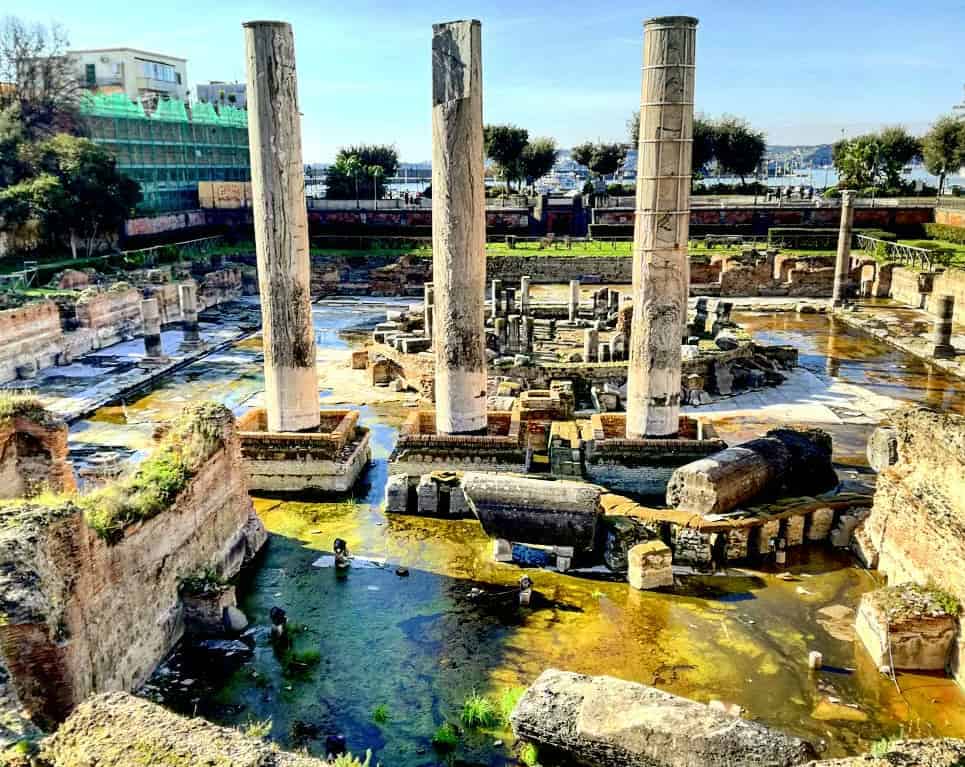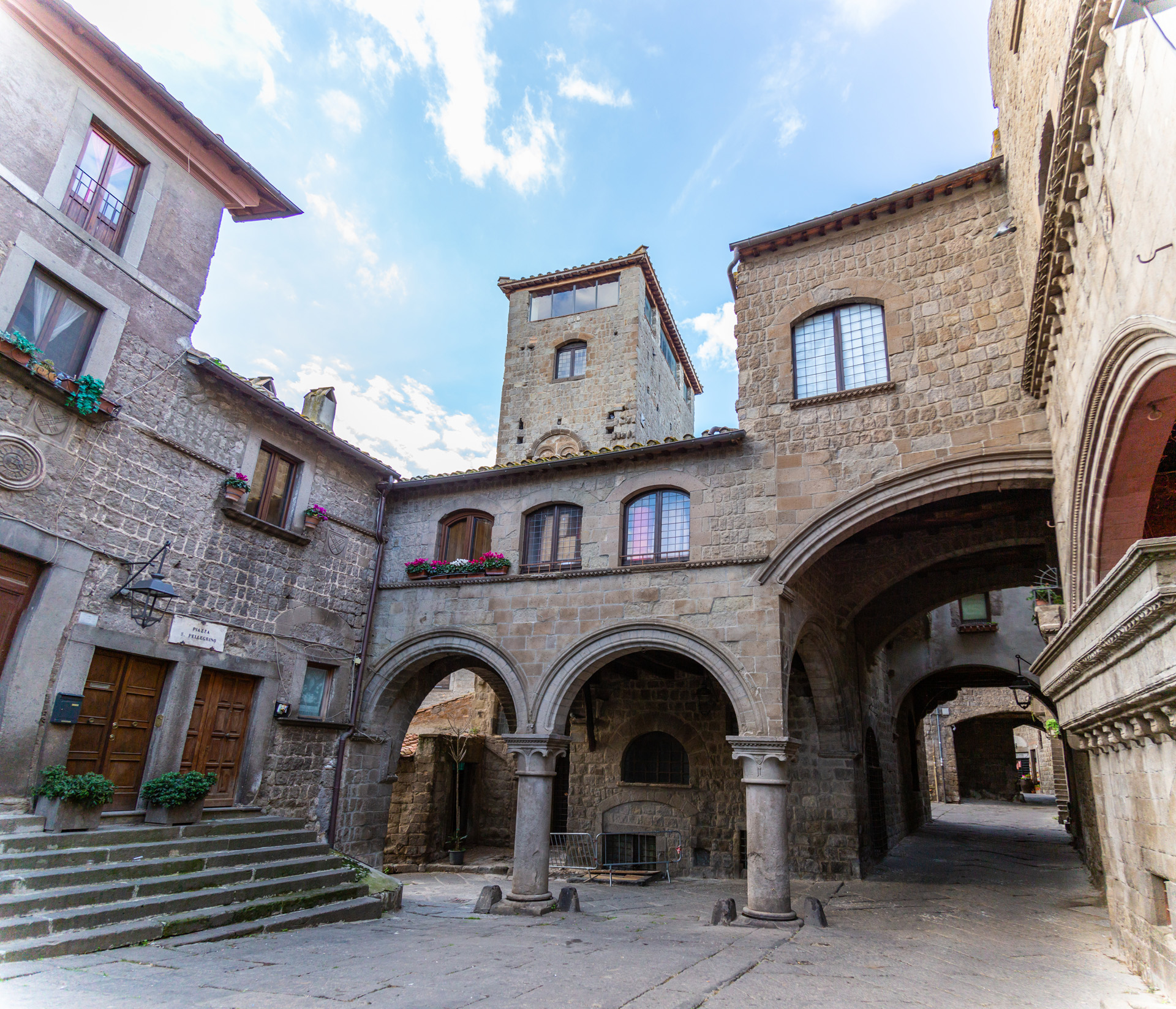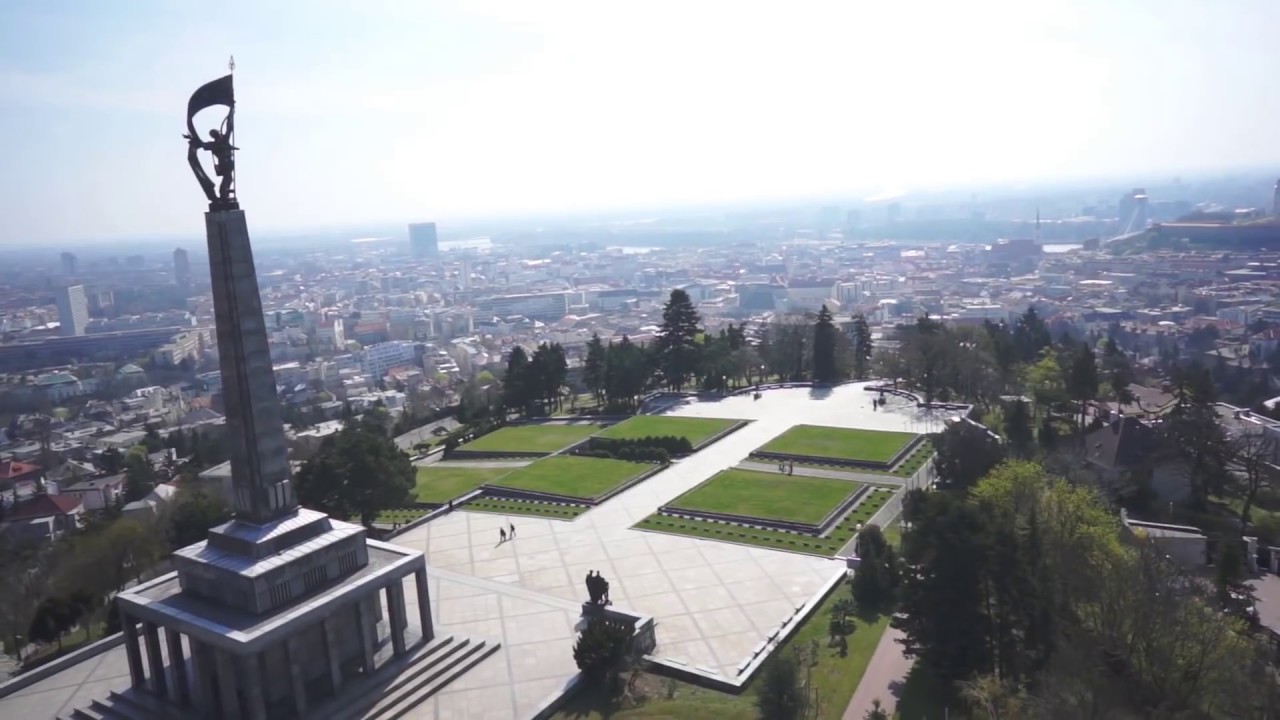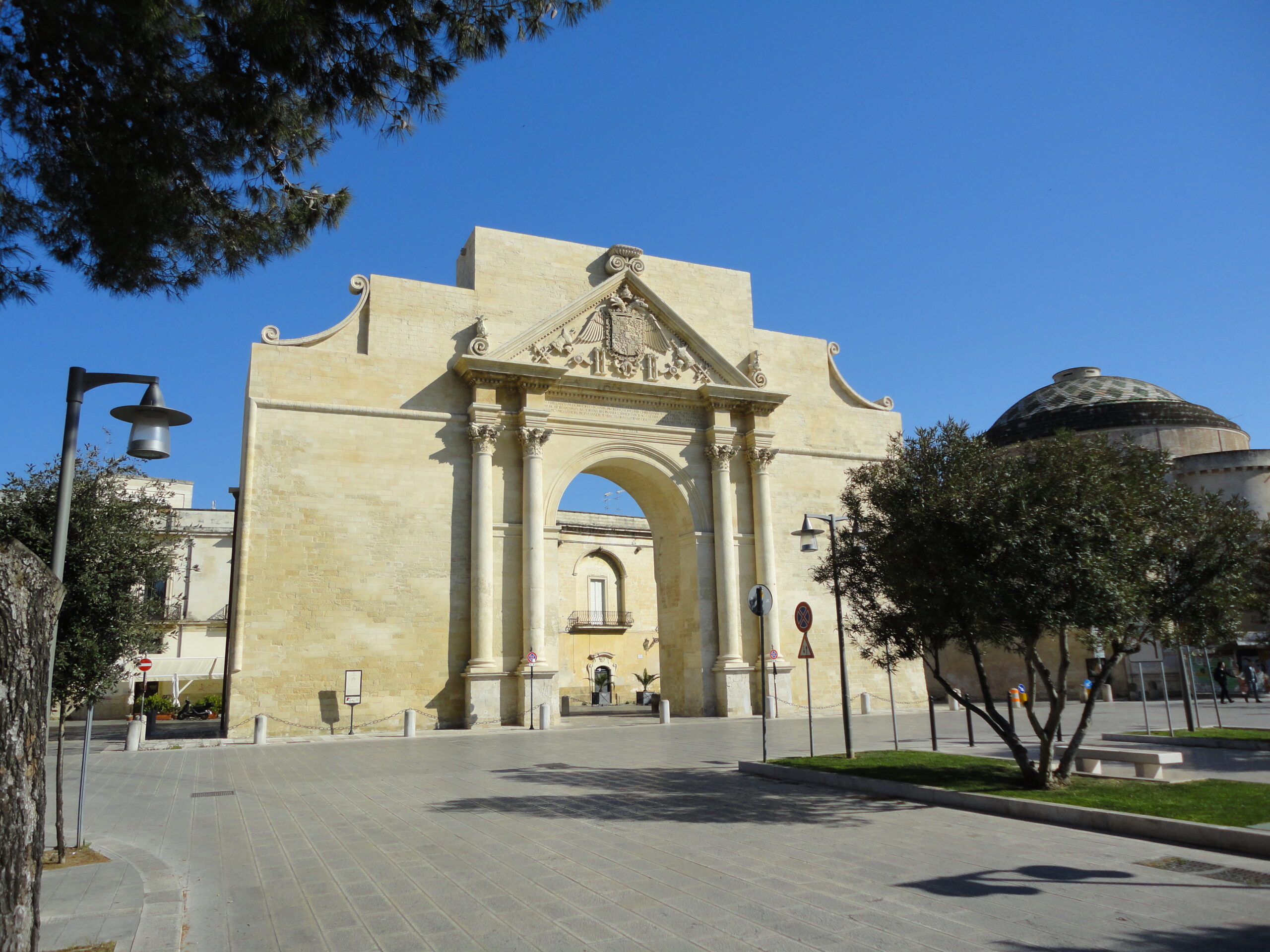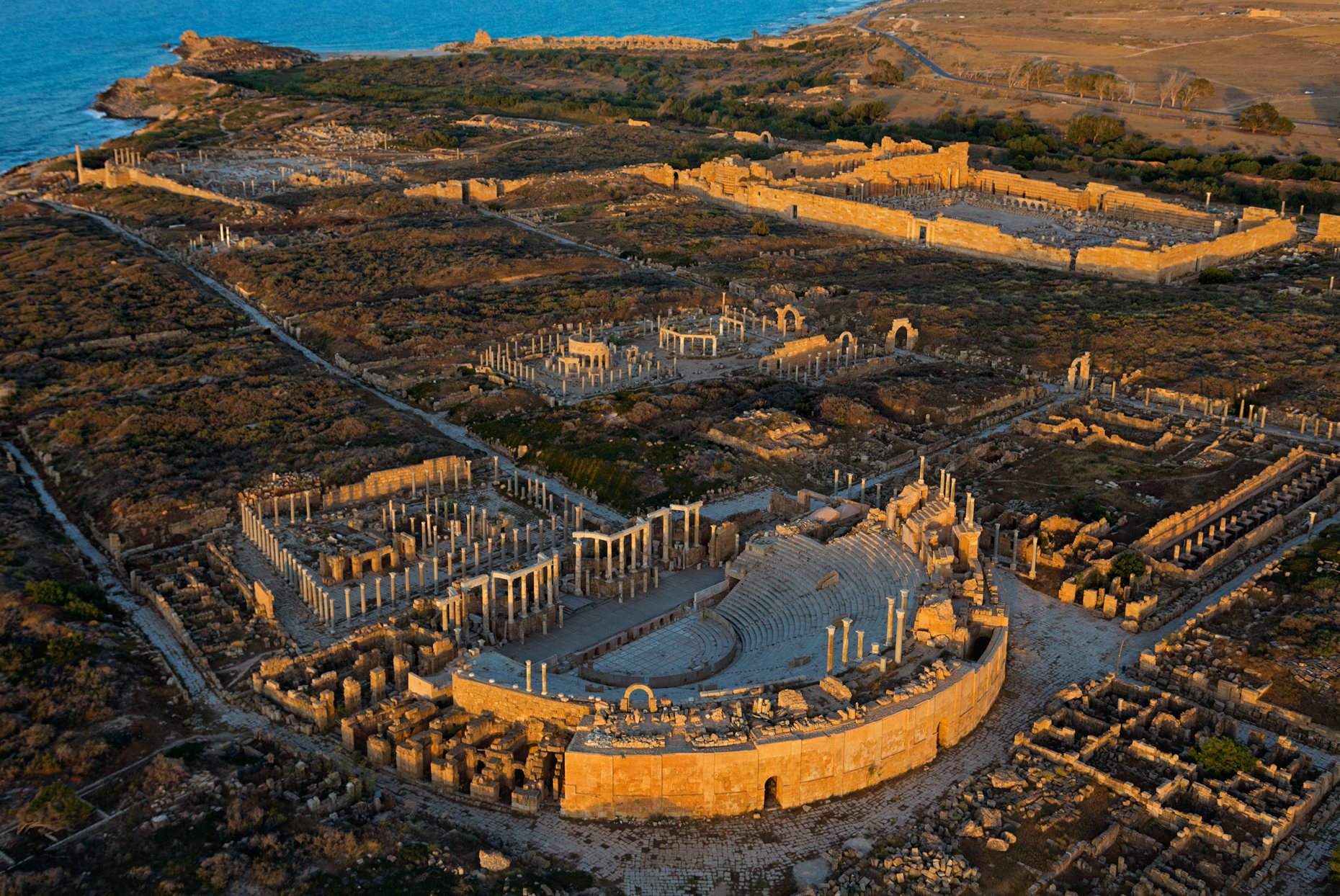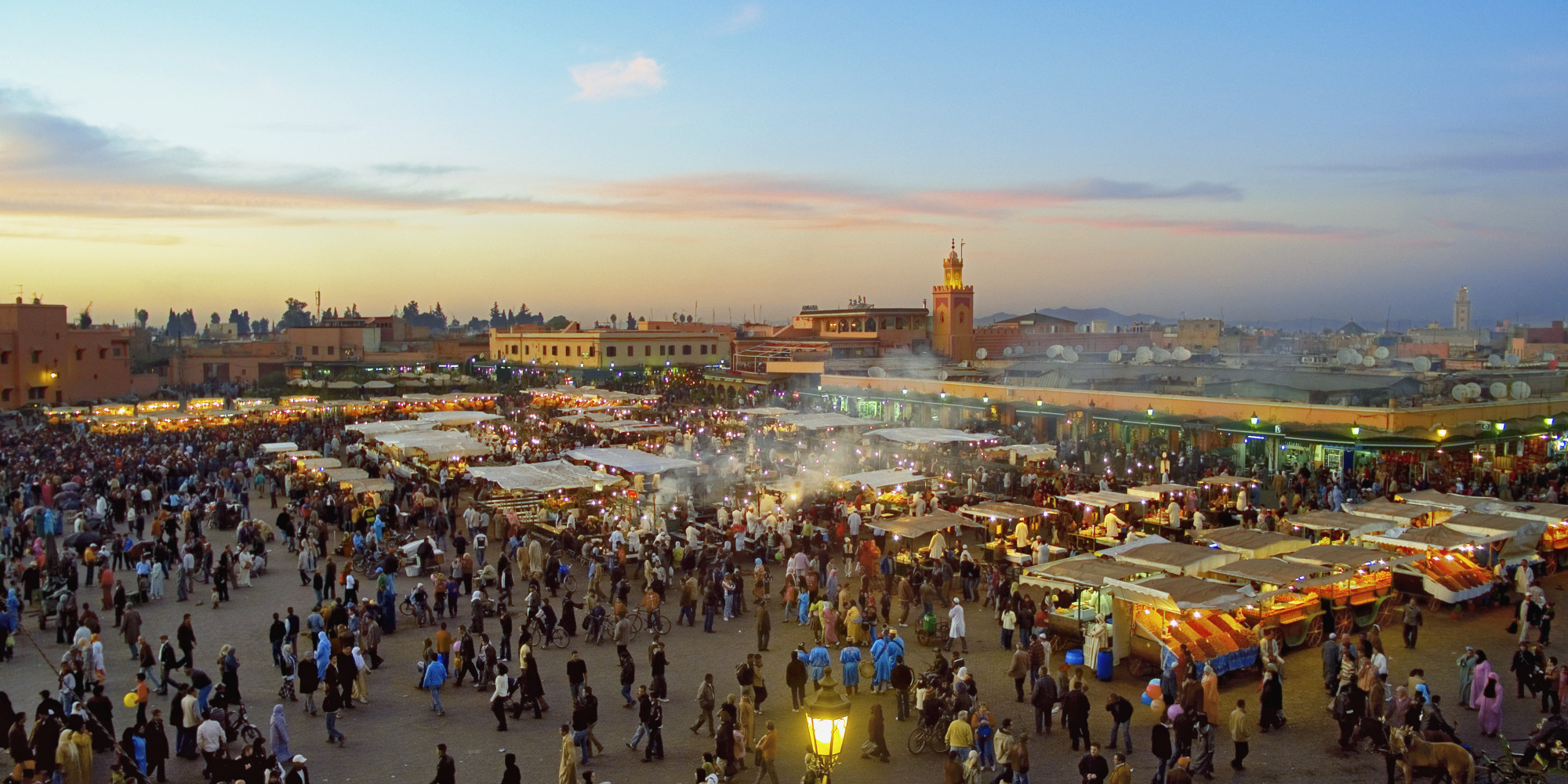The geological history of the Phlegraean Fields has been dominated by two great eruptions: the eruption of the Ignimbrite Campana (IC- occurred 39,000 years ago) and the eruption of the Neapolitan Yellow Tuff (TGN- occurred 15,000 years ago).
These eruptions are connected to two sinking episodes which, overlapping each other, have generated a complex caldera that represents the most evident structure of the Phlegraean Volcanic District.
The latter includes the Campi Flegrei, part of the city of Naples, the volcanic islands of Procida and Ischia, and the north-western part of the Gulf of Naples.
In 2003, in implementation of the Campania Regional Law no. 33 of 1.9.1993, the Campi Flegrei Regional Park was established.
The Phlegraean Fields constitute an area at high volcanic risk under constant surveillance by the Vesuvius Observatory, both through periodic survey campaigns and continuous monitoring.
Areas of important biological and natural value are Capo Miseno, the submerged Park of Baia, Monte Nuovo and the Cratere degli Astroni.
The Archaeological Museum of the Phlegrean Fields, founded in 1993, is housed inside the Castle of Baia, a fortress of the Aragonese era whose interiors have been adapted to the museum exhibition.
The Museum houses an extraordinary amount of precious archaeological finds from the Campi Flegrei territory.
